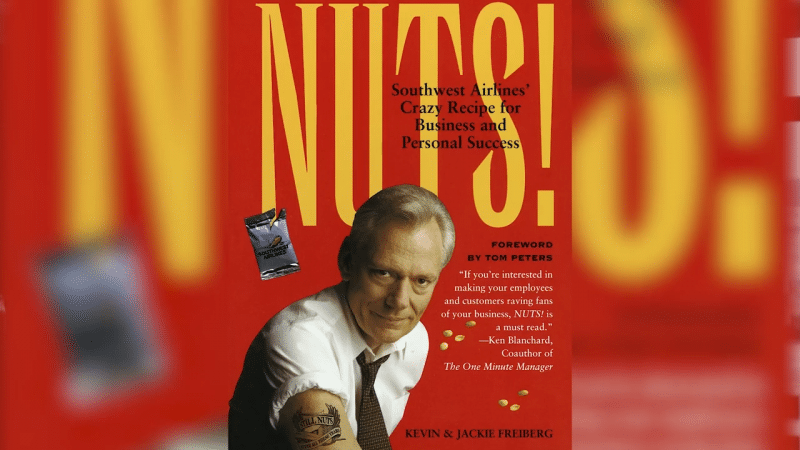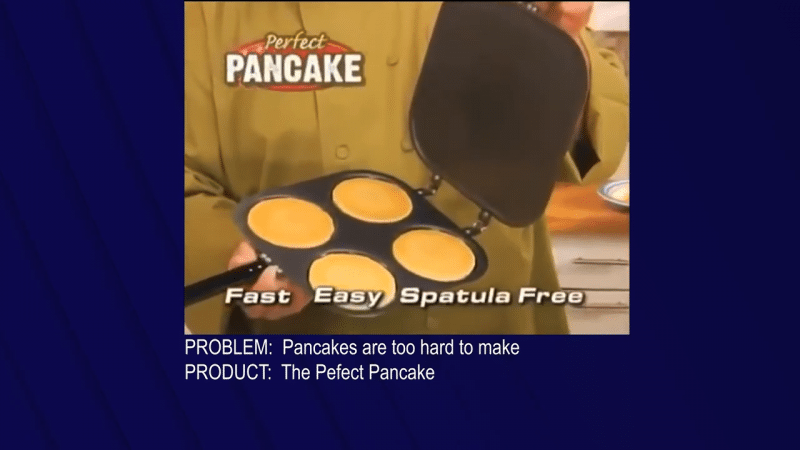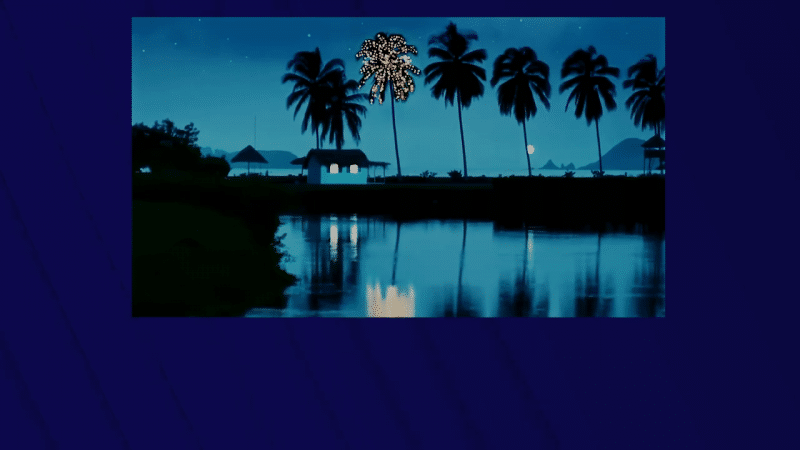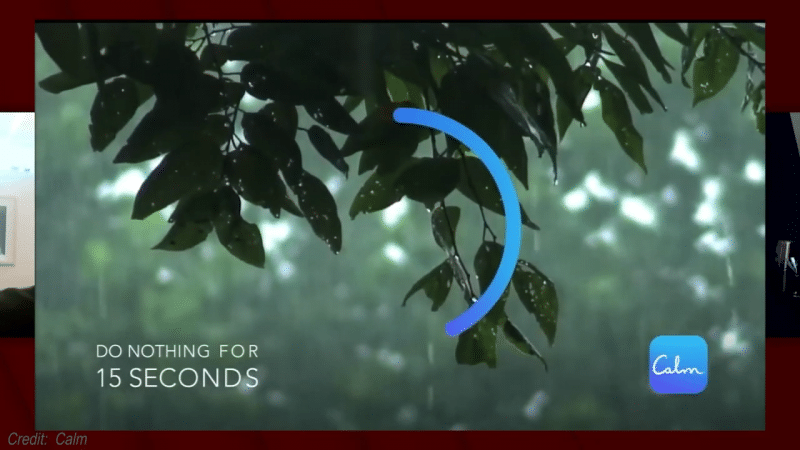Business book publisher Ray Bard says all bestselling books share 4 traits:
1: A Big Idea
2: Nuts and Bolts
3: Entertainment
4: Hope
These 4 elements are applicable to your advertising, also. Nuts and Bolts seems to be the one that most people get right away. A Big Idea often shows up. But, conspicuously missing are Entertainment and Hope.
In this episode of The Wizard’s Roundtable, Chris Maddock and I recap our recent Martinis and Marketing class at Wizard Academy where we spent a good deal of time talking about Hope.
Transcription lightly edited for clarity:
Johnny Molson:
Ray Bard is the publisher at Bard Press and they publish business books. Now over the last 25 years, they’ve only published 32 of them, but 18 — half of them — have all become best sellers. You might be familiar with three of them, the Wizard of Ads trilogy, but also Jeffrey Gitomer’s books. Herb Kelleher’s book called Nuts! The Jon Spoelstra book called Marketing Outrageously all came from Bard Press. Now he says that these books all have four things in common. Number one, a big idea. Number two, nuts and bolts. Number three, entertainment. Number four, hope.

In a recent class that Chris Maddock and I are teaching at Wizard Academy called Martinis and Marketing, somebody brought up those four things and how they might apply to marketing and to advertising. And what became apparent is something that Roy Williams has talked about quite a bit. It’s that people intuitively get the idea that you need a big idea and nuts and bolts in your marketing. But they often miss the entertainment and they almost always miss hope. So on this episode of the Wizard’s Roundtable I speak with Chris Maddock and we’re talking about Ray Bard’s four main elements starting with the big idea.
Chris Maddock:
Well, I think it comes from the people that we typically encounter at our Martinis and Marketing. That would be business owners that are trying to develop a marketing plan. I think of any of the four that they bring to the table, usually they have the big idea and usually they understand who they are and hopefully what they do well. So that’s probably the easiest of them.
Johnny Molson:
I think that’s an interesting thing about businesses is they started out with a big idea. I mean, they knew that there was a hole in the marketplace or something that they were bringing to the table that was different. But it seems that as years go on, they kind of fall into a rut of what everybody else is doing. And the goal is to break out of that.
Chris Maddock:
Yeah, I think you’re right. I think they lose the big idea perhaps in the day to day. Remember the gal that had the the doggy daycare? And I think the way that she put it when she presented it to the class, she said “We’re like a hotelier for cats and dogs. And it’s our job to make sure that their life is wonderful while they stay with us.” But when she wrote her ads, when it got down to the day-to-day and how she communicated, all of that was lost. It was about price. And it was about all these things would be gauche to talk about to the human prospects. And I think it gets lost a lot of the time with almost every example.
Johnny Molson:
So you dig down, you find that thing that got you into this business in the first place, whatever that passion was, and that’s a great springboard for the big idea. Because it’s unique to you. It’s unique to the business owner
Chris Maddock:
Or I saw it so many times working for Roy, he’ll change that around from folks that don’t really have an idea or have the right idea. It’s turning that around to what your customers really care about. Maybe that’s the big idea beyond what you know in your heart or your passion or something like that. You know if you think back to Nuts! by Herb Kelleher, you know the big idea of Southwest Airlines and the nuts and bolts, and we’re going to talk about the other two parts of it. That’s the things that most books and ad campaigns lack. The hope and the entertainment. It’s all in there. And yeah, I remember that’s a lot of the parameters that Ray would look for.
Johnny Molson:
So I guess for the purposes of marketing one’s business, the nuts and bolts are pretty self-explanatory. I mean, it’s the stuff you do from day to day that is the day-to-day stuff. But what’s so interesting is as far as the consumer is concerned, that’s actually not the most important thing. How you fumigate the house to get the bugs out is irrelevant to me, the fact that the bugs are out is what I’m trying to get to. And so we need to get that idea across in an entertaining way, because if you don’t get their attention, the rest of it is just academic.
Chris Maddock:
I agree with that. I think that to some point you can get some nuts and bolts, the true meaningful ones out of folks, if you dig down. And that can be, you know, why is it that Johnny Rockets is the class burger place to go in town? Because you can make your own burger and all these reasons that are little more elemental than “We have burgers. Burgers taste good.” So having those things in there, I kind of consider those the nuts and bolts too that. You know, Herb Kelleher, one for him would be the customer’s not always right. I think that’s part of the nuts and bolts story of Southwest Airlines.
We’re not gonna cater to everybody. We’re going to hone in onto the value customer. And we’re going to cut some corners that aren’t gonna appeal to the top line airline customer. And everyone was telling Herb “You know, that’s not gonna work. What about the first-class folks?” So to me, those are as much nuts and bolts as anything else, But I agree those aren’t the most important things in making a campaign work.
Johnny Molson:
Yeah, it’s the ingredients to the cake. But you’re not excited about the flour and the eggs. You’re excited about the finish.
Chris Maddock:
What are you excited about by cake? I’ve not really gotten into it.
Johnny Molson:
The frosting.
Chris Maddock:
You say that so quick! So it’s the frosting. And I so in our class Martinis and Marketing, what’s the frosting? What do we teach that is the parallel with the frosting?
Johnny Molson:
I think the parallel with the frosting is the the entertainment factor. Make this thing more interesting than whatever…
Chris Maddock:
There’s a little hope too.
Johnny Molson:
Yeah. And then you finish up with hope. I think that’s one of the ones that gets missed so often. You know, if you break down commercials or any kind of advertising, it usually follows the pattern of Problem, Product, Solution, Here’s the problem the customer is experiencing, Hey, by the way, we’ve got this great product. And then aren’t you happy now that it’s done? I mean, it plays itself out almost literally in that order when you watch late night infomercials.
Infomercial Excerpts:
You flip, but they flop you flip, but they flop. Hi Mark here for the perfect pancake pan, the fast, easy spatula-free way to make picture perfect pancakes every time. Now make tasty gingerbread pancakes, fluffy cranberry, or mountains of chocolate chip pancakes for the kids in an instant.

Chris Maddock:
You’re absolutely right. And I didn’t know what I was combating a long time ago when I’d have writers come in with their ads and I’d cut off the top third of it with the paper cutter. And it was that hemming and hawing with their toe in the dirt messing around. But usually they’re setting up the problem and as Roy always said, they’re not putting the known underwater. They’re putting it above water and staring at it.
Johnny Molson:
It’s a very laborious exposition. They feel like they have to set the scene before the scene can start, and you really don’t. One example I like to use are the Corona commercials where really all you see is the back of a beach chair and an ice bucket. And that’s really all you need. You don’t need to go through the “Have you been having a hectic day..” Right?
Chris Maddock:
I like that one on the beach where they just have the big tall palm trees, the Christmas one, I guess. All it is is they flip on the lights. I think it’s a 15. They flip on the lights and the palm trees light up as well. And that’s it, there’s a Corona thing.

Johnny Molson:
And you know what’s so lovely about that is they will then use that in print. They will then use that online. I mean, it’s one of these campaigns that can go across all the media and work.
Chris Maddock:
Yeah, there’s an app called Calm. Essentially it was just a forest scene. And then they started playing the sounds of rain with yeah. With the circle which denoted perfectly, it said, “Don’t think anything for 30 seconds.” Which is what you do on Calm. And that’s the perfect way… It didn’t have to be said, you didn’t have to be instructed… Just “Here you go…” And you listen to the rain and you wished that it would go on for longer than that.

Johnny Molson:
And to use that as an example. I mean, so there, you’ve got two brands that there was no need to go into “Calm is an app that you download with meditations on it that are daily…” You know, “Research done by psychologists…” They don’t have to do any of that. Just simply show you in the place where you want to be.
Chris Maddock:
I would have run away from that had I thought of any of that. And that’s what made me think of Peterman ads, which I’ve always had people write this way. Because Peterman ads, in such an economy of space, get you into into a noire. It does that right away. So it’s the antithesis of what you were pointing out. It has character. It’s made up. It’s you. And in doing so most of those get to hope. You know, the flapper dress, it gets the idea that when you wear this dress you’re going to be something else. All of that is done in there. And I hadn’t thought about how useful those four tools can be. Every person in that class wrote a campaign — or at least a couple of ads — that were remarkable.
Johnny Molson:
Yeah. We had a fitness trainer in there who presented his story from the viewpoint of the person who’s going out to dinner. And while his friends are all worried about the calories and what they eat, the guy just dives in. And he knew to dive in because he understood food, and nutrition, and how it all comes together. “In the parking lot. Your friends think you’re completely lost. You had a steak, a roll, and a beer yet somehow you have the nerve to tell them you’re on track to lose weight? They don’t get it because if you want to be lean, you have to eat leafy greens, right? You leave well enough alone. The proof is in the pudding. The work is already done. All you had to do was show up day after day. You show up. You work out at Pure Performance when you’re supposed to. You track what you eat. Life is simple and successful. You set the next friends dinner at the local steakhouse, wearing your new pants that are a size smaller, of course. Oh, and you didn’t mean to leave the tag on, you forgot.”
Chris Maddock:
He forecast you as the listener as having already experienced his fitness training, and you were looking back almost in a satisfied and post-hopeful manner. so you’re happy at that point that you had that signed up for Jeremy’s training.
Johnny Molson:
I mean, it’s so easily overlooked as the fluff and the frosting when really it’s the thing that draws you in. And so many commercials — going back to Orlando Wood’s examples — are just these sort of faceless, just an appendage coming in or something that has no humanity to it. And when you inject that stuff, it’s immediately magnetic. And so it’s not creative just because we want to be creative or interesting, because we want to win an award… It’s a huge chunk of the fuel that makes the thing work.
Chris Maddock:
It’s that stuff I sometimes get a little too worked up with when we have folks writing milquetoast stuff. And I’m like, “You don’t believe in this stuff.” I was like, “I don’t feel it.” Often that’s enough to get people a little way back to the main idea. “I don’t believe you!” I’ve made a number of them cry…
Johnny Molson:
[Chuckling] But that’s another show…
Chris Maddock:
Then they got out of it and wrote one of the best ads in the whole class a couple of classes ago. Cause I was like, “I don’t feel it. None of us feel it. We don’t understand. We don’t get it.” And she’s like, “I’ve written and told you everything.” I was like, “Yeah, we don’t feel anything.” And so that I think hope gets you a long way to that. And it can be almost anything where you see it’s just something better. And hopefully it wouldn’t be contrived and something that everybody else is doing.
Johnny Molson:
We’ll be teaching the Martinis and Marketing class again at Wizard Academy. And we certainly encourage you to sign up for all the classes there. As of right now the classes are being held virtually. They will be back at the tower again when it is safe to do so. But it’s a really good chance to get in on some of the Wizard Academy classes at a pretty good discount while they’re being held virtually. So we encourage you to go to wizardacademy.org and find out about those. In the meantime, if you have any comments or questions, put them in the YouTube comments or you can send us an email.
- Marketing Has a Physics Problem - December 3, 2025
- AI is OK - August 14, 2025
- Emotion in Advertising Equals Dollars in Business - December 3, 2024
